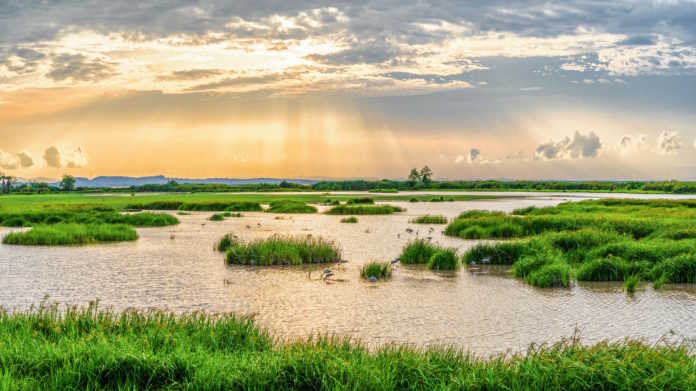Tips for landowners and farmers to restore their wetlands
Alien plant species are said to be one of the principal threats to biodiversity in South Africa. These threats however are not limited to biodiversity alone, they also have a devastating effect on water sources, nutrient cycling, fire management, and commercial opportunities.
Divan Vermaak, veld management specialist at Husqvarna South Africa, says, “Alien-invasive plants in wetlands pose a massive social, economic and enviromental threat. And, if they are not managed correctly they can take over, causing chaos in their wake, making it incredibly expensive to restore.”
He adds that wetlands play a vital part in river catchments and contribute to the retention of water and nutrition, soil protection, water purification, food security, flood control, drought relief and so much more. “It is critical that landowners and farmers take the necessary actions to ensure that wetlands remain in their natural state; not only to protect their pocket, but because legistlation (National Environmental Management: Biodiversity Act 10 of 2004 (NEMBA) demands it as well.”
When taking on the task of eradicating invasive plants, Vermaak says that it is important to put a long-term plan in place. “Clearing alien plants is not a once-off. It requires constant attention and in order to save time, money and effort, it is essential to draw up a plan that includes a well-thought out maintenance strategy.”
Vermaak shares more tips on how you can go about removing these pesky plants:
1. Start initial clearing near river banks and natural areas, being careful not to cause any damage to natural vegetation.
2. Where trees need to be felled and removed, the stem/trunk should be cut as close to the ground as possible, using chainsaws, pole saws or, for thinner stems, a brush cutter.
3. Avoid the use of earth moving equipment if possible, as using big equipment can have devastating effects if used carelessly.
4. Remove seedlings by handpulling but if they are too well established, the use of a brushcutter is recommended.
5. If you plan on using herbicides, consult a professional to achieve the desired outcome in a safe manner as herbicides can have the opposite effect and kill all your vegetation (including indigenous plants).
6. Where the possibility of erosion exists, rehabilitation is required and a professional should be consulted.
7. Most of all, research the species you are dealing with before you embark on this mammoth task.
Once alien-invasive plants are removed, the next step is to dispose of the biomass, and this in itself can be a costly exercise. So instead Vermaak suggests that you use thicker stems for fire wood and use left-over branches for brush packing to rejuvenate exposed soils and sensitive areas. “Don’t be afraid to allow some of the biomass to simply decompose. Decomposition is important to maintain soil nutrition,” he concludes.












